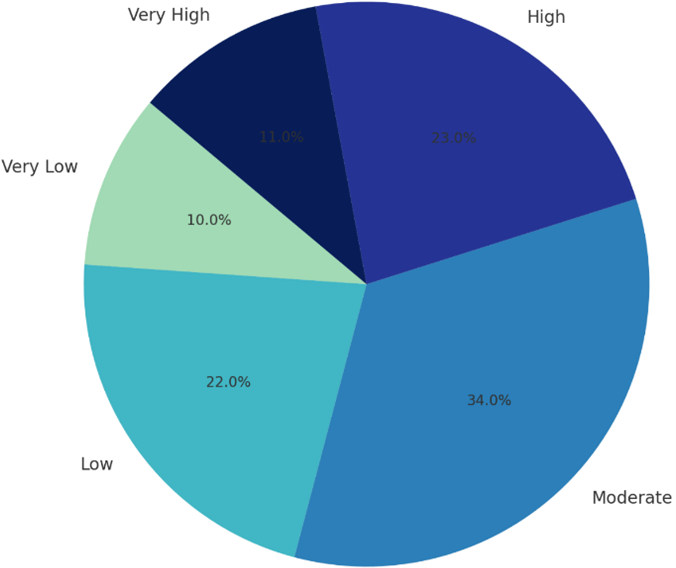GeoAI-Driven Flood Susceptibility Mapping and Exposure Assessment in Pakistan Using Multi-Source Geospatial Big Data and Deep Learning Models
Keywords:
Urban Flooding, Flood Susceptibility Mapping, Geospatial Big Data, Deep Learning, Sentinel-1 SAR, CNN, Random Forest, XGBoost, SHAP Values, Climate-Induced Rainfall AnomaliesAbstract
Urban flooding poses a growing threat in South Asia due to rapid urbanization, climate-induced rainfall anomalies, and encroachment of natural floodplains. This study presents a comprehensive flood susceptibility mapping and exposure analysis for key flood-prone regions of Pakistan, leveraging geospatial big data and deep learning. Multi-source datasets—including Sentinel-1 SAR, MODIS NDVI, SRTM DEM, CHIRPS precipitation, and socio-economic indicators from WorldPop and WHO—were integrated using a Convolutional Neural Network (CNN), Random Forest (RF), and XGBoost classifiers. The CNN outperformed others, achieving 93% accuracy and an AUC of 0.96. Spatial analysis revealed critical hotspots in Karachi’s North Nazimabad and Korangi, as well as riverine belts of Sindh and Punjab, where flood susceptibility overlapped with high population density and infrastructure exposure. Approximately 2.3 million people and over 220 km of roadways were found within high-risk flood zones. Temporal trend analysis (2010–2023) indicated a 29% increase in urban flood extents, closely correlated (r = 0.78) with CHIRPS-based rainfall anomalies. SHAP interpretation ranked elevation, slope, NDVI, and NDBI as dominant flood predictors. The study provides actionable insights for risk-informed urban planning and supports data-driven disaster resilience strategies aligned with SDG 11 and the Sendai Framework.


